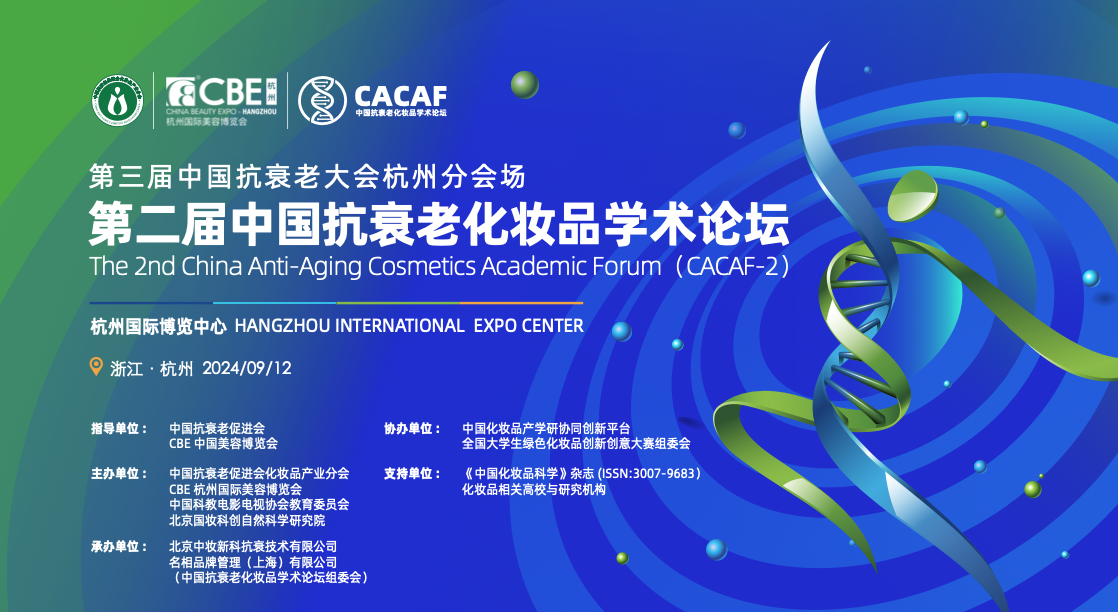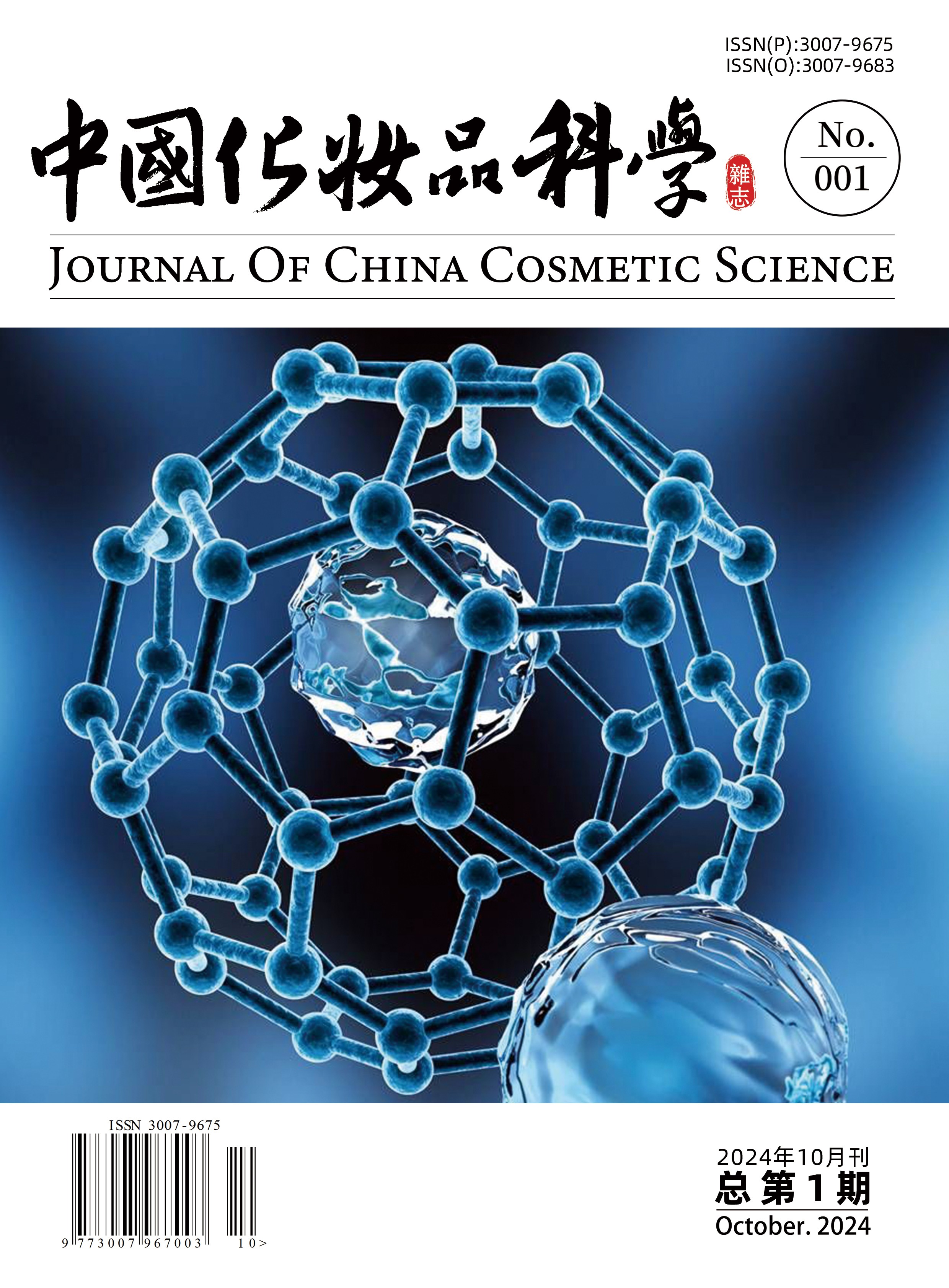通知公告
期刊动态
法规标准下载
驴乳粉原料中致病菌污染状况分析
IAnalysis of Pathogenic Bacteria in Raw Material -Donkey Milk Powder
钱萍 陈淑娴 王琴. QIAN Ping, CHEN Shu-xian, WANG Qin为了解驴乳粉原料的致病菌污染情况,对 23 批存放时间 3 年以上的驴乳粉原料进行 了微生物检测。首先对原料进行了菌落总数计数,对于有菌落检出的原料,对其中可能含有的金黄色葡萄球菌、沙门氏菌、克罗诺杆菌(阪崎肠杆菌)和单核细胞增生李斯特氏菌进行了鉴定和分型。结果其中 1 批原料中经鉴定分型含有金黄色葡萄球菌和鼠伤寒沙门氏菌,另 1 批原料经中经鉴定分型含有克罗诺杆菌(阪崎肠杆菌)和单核细胞增生李斯特氏菌。表明驴乳粉原料有致病菌污染的风险,且不同批次原料染菌的种类存在差别,为后续的工艺优化、防腐策略选择等提供了依据。
To investigate the contamination of pathogenic bacteria in donkey milk powder raw materials, microbial testing was conducted on 23 batches of donkey milk powder raw materials stored for more than 3 years. First, the aerobic plate count was determined for the raw materials. For samples where colonies were detected, identification and typing were performed to check for the presence of Staphylococcus aureus, Salmonella, Cronobacter (Enterobacter sakazakii), and Listeria monocytogenes. The results showed that one batch was identified and typed to contain Staphylococcus aureus and Salmonella Typhimurium, while another batch was identified and typed to contain Cronobacter (Enterobacter sakazakii) and Listeria monocytogenes. This indicates a risk of pathogenic bacterial contamination in donkey milk powder raw materials, with variations in the types of bacteria across different batches, providing a basis for subsequent process optimization and preservative strategy selection.
人工智能赋能中国化妆品产业降本增效和提升转化的路径研究
Artificial intelligence driven Chinese cosmetics industry Research on the Path of Innovation and High Quality Development
白云虎 管泊然 BAI Yunhu, GUAN Boran人工智能(AI,Artificial intelligence)技术正深度重构化妆品产业价值链。本文解读 和阐述 AI 在成分研发、生产制造、营销零售及用户体验等环节的应用现状和趋势。基于美妆企业案例及行业数据,揭示 AI 技术提升研发效率 30%-50%、降低生产成本 15%-25%、提高营销转化率 40% 的核心思路。研究提出“技术融合 - 数据驱动 - 生态协同”的降本增效和提升转化的路径,为化妆品产业数智化转型和国货新质美妆品牌发展提供理论框架与实践参考。
Artificial intelligence technology (AI) is deeply reconstructing the value chain of the cosmetics industry. This article interprets and elaborates on the current status and trends of AI applications in ingredient research and development, production and manufacturing, marketing and retail, and user experience. Based on case studies of beauty companies and industry data, reveal the core idea of AI technology to improve research and development efficiency by 30% -50%, reduce production costs by 15% -25%, and increase marketing conversion rates by 40%. The study proposes a path of “technology integration data-driven ecological collaboration“ to reduce costs, increase efficiency, and enhance conversion, providing a theoretical framework and practical reference for the digital transformation of the cosmetics industry and the development of
胶原蛋白、类视黄醇等化妆品活性成分对皮肤抗衰老的作用
The effect of active ingredients in cosmetics such as collagen and retinoid on skin anti-aging
李安良 LI Anliang科学地认知化妆品的功效成分,探索他们缓解皮肤衰老的机理,从而推出新的功效成分, 是我们的夙愿。胶原蛋白和视黄醇是化妆品中最常用的抗衰老功效成分,他们已经经历了大量研 究并广为市场接受。我们选择这 2 个成分并考察近年来的新进展,尤其是他们的作用机理、构效 关系以及这2类化合物的内在联系。我们还观察了其他常用的抗衰老功效成分烟酰胺(Niacinamide, NAM)和透明质酸(Hyaluronic acid, HA)的进展。新的进展表明,局部视黄醇作用于皮肤的表皮角质形成细胞、真皮内皮细胞和成纤维细胞,从而显示抗衰老作用。局部视黄醇显著增加表皮厚度,显著改善皮肤细胞外基质(Extracellular matrix, ECM)的微环境,它增加真皮血管分布,促进 I 型胶原蛋白、纤维连接蛋白和弹性蛋白的生长。从而解释了视黄醇对衰老的皮肤有非凡的抗衰老作用,扩展了我们对人体皮肤中视黄醇的抗衰老机制的理解。鉴于胶原蛋白和类视黄醇在抗衰老化妆品中的卓越表现,有必要进行深入的研究和创新。开展胶原蛋白的各种进阶,移植类视黄醇化合物为化妆品原料、研发新的衍生物和新化合物 , 研究新的改性原料。将化妆品的安全、有效和使用便捷推上新高度。
Our long cherished wish is to scientifically understand the functional ingredients of cosmetics, explore their mechanisms for alleviating skin aging, and thus introduce new functional ingredients. Collagen and retinol are the most commonly used anti-aging ingredients in cosmetics. They have undergone extensive research and have been widely accepted by the market. We choose these two types of components and examined recent developments, particularly their mechanisms of action, structure-activityrelationships, and their intrinsic relationship. We also observed the progress of other commonly used anti-aging ingredients such as niacinamide and hyaluronic acid. New developments indicate that local retinol acts on the epidermal keratinocytes, dermal endothelial cells, and fibroblasts of the skin, demonstrating anti-aging effects. Local retinol significantly increases epidermal thickness and improves the microenvironment of the extracellular matrix (ECM) in the skin. It increases the distribution of dermal blood vessels and promotes the growth of type I collagen, fibronectin, and elastin. This explains the extraordinary anti-aging effect of retinol in aged human skin, expanding our understanding of the anti-aging mechanism of retinol in human skin. Given the outstanding performance of collagen and retinoid in anti-aging cosmetics, it is necessary to conduct in-depth research and innovation, carry out various advances for collagen, transplant compounds of retinoid to cosmetic raw materials, develop new derivatives and compounds, and explore new modified raw materials. Push the safety, effectiveness, and ease of use of cosmetics to new heights.
积雪草提取物体外舒缓和修复作用研究
Study on the soothing and repairing effects of Centella asiatica (L.) Urban extract in vitro
黄晓燕,胡敬,耿长安,张雪梅,李天泽, 陈纪军 HUANG Xiaoyan, HU Jing, GENG Changan, ZHANG Xuemei, LI Tianze, CHEN Jijun,以研究积雪草提取物对皮肤的舒缓和修复作用为目的,通过体外清除 2,2- 二苯基 -1- 苦酰基(DPPH)、对 H2O2 损伤的人皮肤成纤维细胞(HSF)和人永生化表皮细胞(HaCaT)的保护作用和促 HaCaT 细胞分泌Ⅰ型胶原蛋白(Col Ⅰ)和透明质酸(HA)活性,评价其体外活性。结果表明,积雪草提取物在 200.0 μg/mL 浓度时,对两个皮肤细胞安全无毒性,对 DPPH 自由基清除率为 21.8%;25.0 μg/mL 浓度时,对 H2O2 损伤的 HSF 和 HaCaT 细胞修复率分别为 34.9% 和 23.5%,对 Col Ⅰ分泌的促进率为 29.5%;对 HA 分泌促进率为 20.0%。表明积雪草提取物兼具代表性成分(积雪草酸、羟基积雪草酸、积雪草苷、羟基积雪草苷)活性,在体外能有效抗氧化、促进细胞分泌细胞外基质,具有效舒缓和修复皮肤功效。
To investigate the soothing and repairing the skin effects of Centella asiatica (L.) Urban extract in vitro. The extract was evaluated by its ability to scavenge 2,2-diphenyl-1-picrylhydrazyl (DPPH) radicals, protect human skin fibroblasts (HSF) and human keratinocyte cell (HaCaT) from H2O2- induced damage, and stimulate the secretion of collagen type I(Col Ⅰ) and hyaluronic acid(HA) by v> HaCaT cells. Results: The Centella asiatica extract was safe to both HSF and HaCaT at the concentration of 200.0 μg/mL. At the concentration of 25.0 μg/mL, it had a DPPH radical scavenging rate of 21.8%, the repair rates for H2O2-damaged HSF and HaCaT cells were 34.9% and 23.5%, and it also promoted the secretion of type I collagen by 29.5% and hyaluronic acid by 20.0%. Conclusion: Centella asiatica extract, with the activity of its representative components (asiatic acid, madecassic acid, asiaticoside, and madecassoside), has been shown to effectively resist oxidation, promote cells to secrete extracellular matrix, and provide soothing and skin-repairing benefits in vitro.
福鼎白茶提取物的抗氧化和抗炎生物活性研究
Investigation into the antioxidant and anti-inflammatory bioactivities of fuding white tea extracts
张梓祺;褚燕;孔丁峰;杨三秀;黄婉婷;刘辉;陈欢;洪圣葆;陈淑娴;王琴;杜立永 ZHANG Ziqi;CHU Yan;KONG Dingfeng;YANG Sanxiu;HUANG Wanting;LIU Hui;CHEN Huan;HONG Shengbao;CHEN Shuxian;WANG Qin;DU Liyong茶类特色植物的开发使我国植物化妆品具有独特的优势,为评估白茶提取物作为化妆 品原料的抗氧化和抗炎的生物活性潜力,以白毫银针(福鼎白茶中的一种)为原料,采用常规水提法,以黄酮、总酚、氨基酸、生物碱含量为指标,通过四因素三水平的正交实验得到白茶的最佳提取工艺为料液比 1:20,温度 60 ℃,提取时间 2 h,提取次数 3 次。为了筛选出等级较高的白茶品种,应用最佳提取工艺提取白牡丹、正安白茶、兴山白茶。通过比较发现,白毫银针的综合指标最优,白毫银针提取液的黄酮含量为 45.99 mg/g,总酚含量为 66.49 mg/g,氨基酸含量为11.46 mg/g,生物碱含量为 52.06 mg/g。当冻干粉水溶液浓度分别达到 30 μg/mL 和 20 μg/mL 时,ABTS+ 自由基清除率达到 100%。巨噬细胞炎症模型发现白毫银针提取液具有抗炎活性 , 可显著降低巨噬细胞 RAW264.7 中的炎症因子 IL-6 水平,本研究深化了对福鼎白茶作为化妆品功能性成分的科学认知。
The development of characteristic plants such as tea has endowed China's botanical cosmetics with unique advantages. To evaluate the antioxidant and anti-inflammatory bioactive potential of white tea extracts as cosmetic raw materials, Baihao Yinzhen (a variety of Fuding white tea) was selected as the raw material. Using conventional water extraction and targeting flavonoid, total phenol, amino acid, and alkaloid contents as indicators, the optimal extraction process was determined through a three-level orthogonal experiment with four factors. The results showed that the best extraction conditions were a solid-liquid ratio of 1:20, temperature of 60°C, extraction time of 2 hours, and 3 extraction cycles. To screen higher-grade white tea varieties, the optimized process was applied to extract Bai Mudan, Zheng'an white tea, and Xingshan white tea. Comparative analysis revealed that Baihao Yinzhen exhibited the highest comprehensive indices: its extract contained 45.99 mg/g flavonoids, 66.49 mg/g total phenols, 11.46 mg/g amino acids, and 52.06 mg/g alkaloids. When the concentrations of freeze-dried powder aqueous solution reached 30 μg/mL and 20 μg mL, the ABTS+ radical scavenging rate achieved 100%. Additionally, a macrophage inflammation model demonstrated that Baihao Yinzhen extract possessed anti-inflammatory activity, significantly reducing IL-6 levels in RAW264.7 macrophages. This study advances the scientific understanding of Fuding white tea as a functional ingredient in cosmetics.


